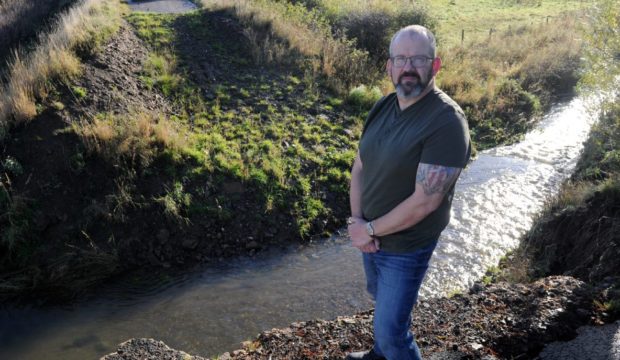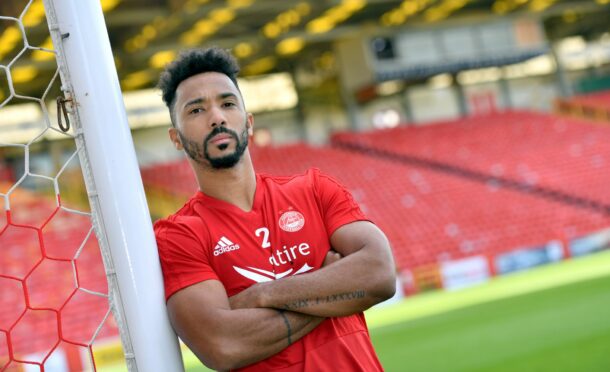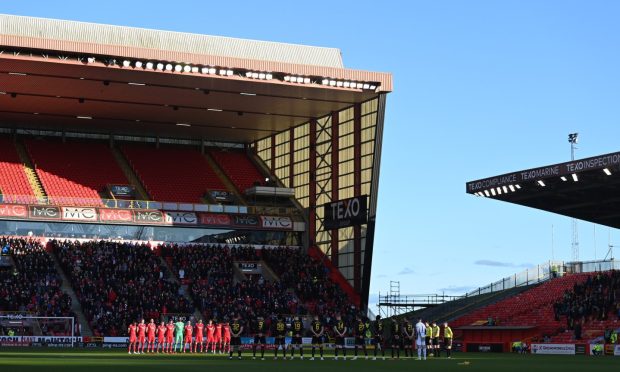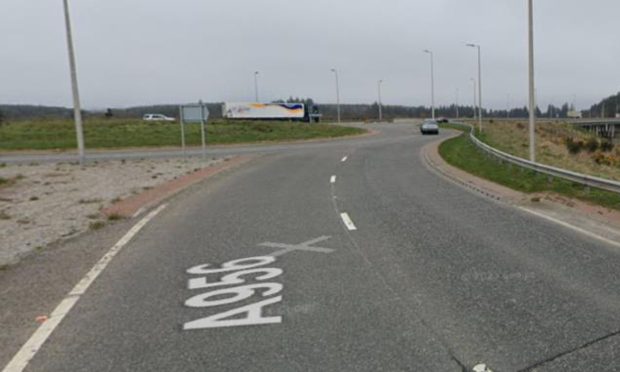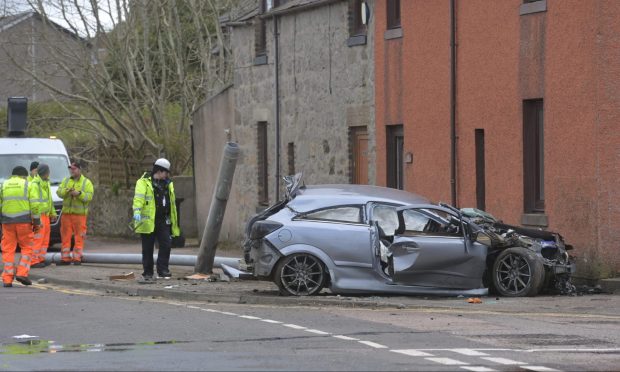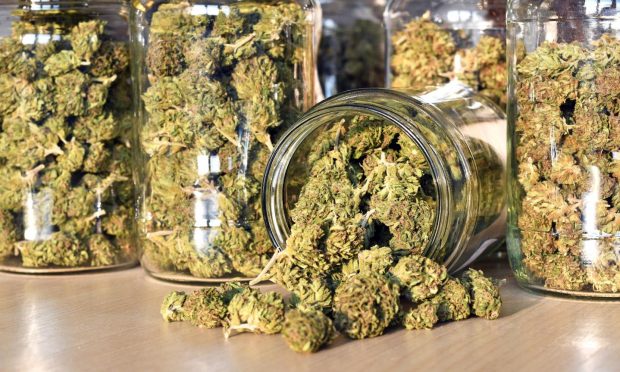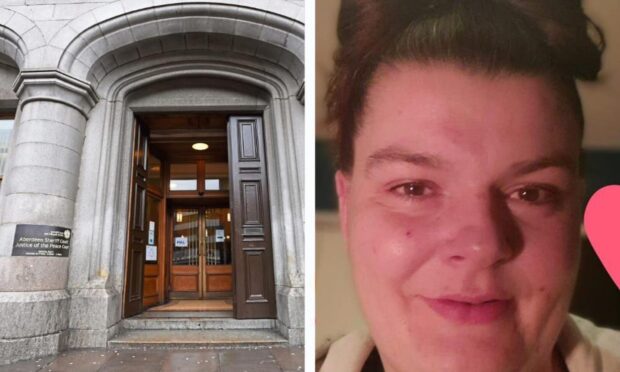Military bosses have ruled out deploying the Army to rebuild bridges which were washed away in storms which swept across Aberdeenshire more than a year ago.
Torrential rain battered the region last September, leaving residents in King Edward and the surrounding area south of Banff in limbo as six bridges were destroyed in flooding.
With estimated repair costs of £1.26 million, locals have since been fighting a losing battle in an attempt to get them fixed and to restore the previous level of access to their homes.
It was hoped the UK Government could offer support after the Scottish Government refused to provide Aberdeenshire Council with exceptional funding to arrange repairs earlier this year.
It had even been suggested that soldiers stationed in Moray could use their engineering prowess to quickly erect new crossings.
But a letter from Iain Stewart MP, the Parliamentary Under Secretary of State in the Scotland Office, to Peter Argyle, the chairman of the local authority’s infrastructure services committee, has dashed those hopes.
Mr Stewart said despite “how frustrating this must be for local residents and businesses in the King Edward area” it’s the “responsibility of the Scottish Government to allocate funding for these repairs”.
The letter, seen by the Press and Journal, stated: “My officials have discussed with the Ministry of Defence (MoD) whether there is any option for 39 Engineer Regiment at Kinloss to repair the bridges for Aberdeenshire Council.
“After careful consideration I regret this is not a viable option. The armed forces may only provide military assistance to civil authorities for urgent work of national importance.
“The MoD cannot use its budget to pay for other bodies’ responsibilities and it cannot use its personnel and assets to undercut local businesses and contractors.”
Mr Stewart was also hopeful the UK Internal Market Bill which the government “aim to pass” before the end of this year the will allow the UK Government to invest money directly in Scotland, Wales and Northern Ireland “in policy areas including infrastructure and economic development”.
He added: “The Bill enables the UK Government to provide grants, for instance, to local authorities who already have responsibility for local transport. This does not preclude devolved administrations from also spending in these areas.”
Troup councillor Mark Findlater argued that Aberdeenshire Council does not receive a fair deal on funding from the SNP in Holyrood, so would struggle to pay for the work.
Mr Findlater said: “While there may not be financial support forthcoming from the UK side, there is some hope of future investment under the terms of the new UK Internal Market Bill.
“This will allow the UK Government to spend money directly in Scotland where appropriate, and I will continue to make the case for help for King Edward.”
Conservative MP for Banff and Buchan, David Duguid, added: “As I have said before, Aberdeenshire Council has responsibility for local road maintenance and at a national level, it falls to the Scottish Government to allocate funding.”
A Scottish Government spokesman said: “The 2020-21 local government finance settlement announced in March means that Aberdeenshire Council were due to receive £494.5 million to fund local services.
“Taken together with the council’s decision to increase council tax by 3% in real terms, the council had an initial extra £37.8 million to support vital day to day services in 2020-21 which was the equivalent of an additional 8.8% on 2019-20.”
